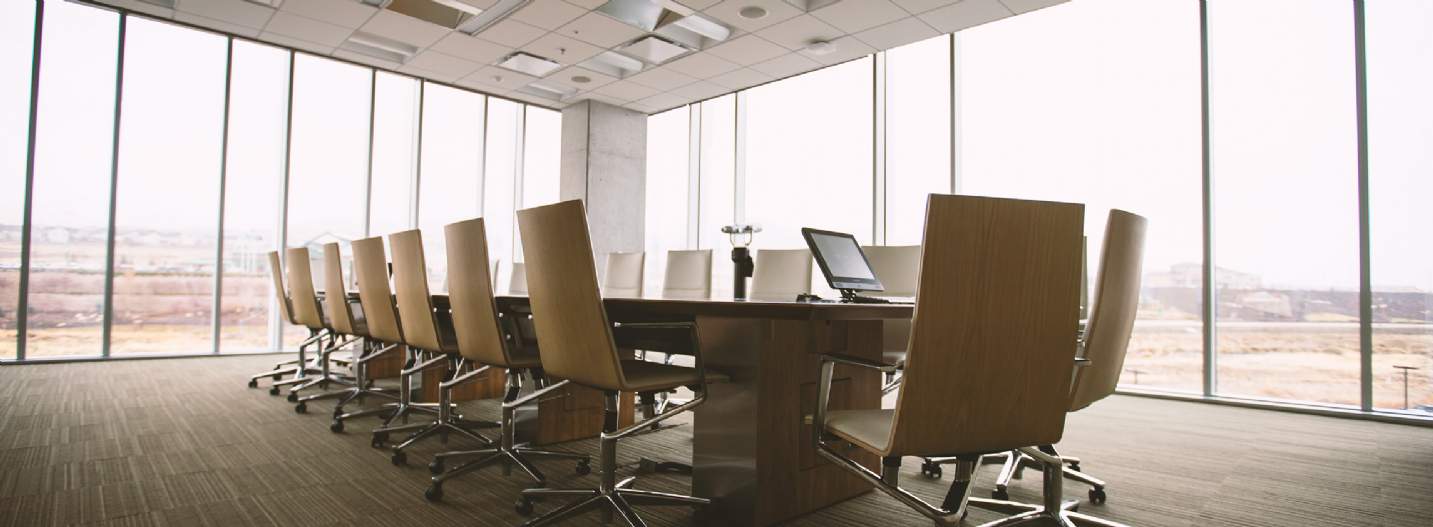Investment volumes subdued with pricing moving out
The Bank of England’s (BoE) decision to raise the base rate to 5.25% in August resulted in the prime regional office yield moving out by 25 basis points in August to stand at 6.25%. The prime yield has softened by 50 basis points since June, reflecting the weaker investor sentiment. This has been evident in the turnover recorded with office investment volumes outside of London totalling £1.4bn, which was 65% and 59% below H1 2022 and the ten-year average. There has, however, been cautious optimism on the economic outlook following the announcement that inflation unexpectedly fell in August and interest rates may have peaked after the BoE paused base rate rises in September after 14 consecutive interest rate hikes.
Investment volumes are expected to be subdued for the remainder of the year. The buyer pool remains thin, with the higher cost of capital and high build costs weakening investor sentiment. The majority of investor interest is focused on the Big Six regional cities compared to the South East region, which is reflected in the 75 basis point discount to the average prime regional office yield. This yield gap has been present for the last six months, which is the longest period Savills has recorded since 1990. Evidence has been created for non-prime assets which require capital expenditure, achieving in excess of 30% discounts from when they were previously marketed. Price discovery has, however, been challenging to achieve across the market, with a mismatch in pricing expectations persisting between vendors and purchasers for non-prime assets.
Office market shrinkage has accelerated post-Covid-19
Stock levels across the regional office market have fallen amidst the weaker demand for secondary office space. Across England & Wales, total office stock has decreased by 7% in the last decade, which represents a net loss of 67 million sq ft using data from the Valuation Office Agency.
The loss of office space has accelerated post-Covid-19, which is illustrated in the chart below. The Outer London and South East regions have experienced the greatest contraction in market size, with 15% and 10% of office stock lost in the last three years.
This trend is expected to continue amidst the ongoing flight to quality from occupiers in the market and increased demand for alternative uses. Secondary office buildings require significant capital expenditure to be upgraded to accommodate a modern occupier's requirement. There is, however, limited refurbishment and development activity across the regional market as rising finance costs and high build costs have weakened developer appetite.
These market dynamics have combined to result in a constrained development pipeline across the regional office market. There is currently 1.95 million sq ft of available space under construction across the Big Six regional cities and 1.7 million sq ft across the Greater London & South East market. This equates to six months of take-up in an average year across each region.
The lack of prime available office space combined with a limited development pipeline presents strong rental growth prospects across the regional office market. Every Big Six regional market is expected to experience significant prime rental uplift, with four of the Big Six cities set to see prime rents increase by over 15% in the next five years.
Take-up volumes across the regional office market have been below average with the current challenging macroeconomic environment resulting in office relocations being delayed or taking longer to conclude. The Golden Triangle markets being Oxford, Cambridge, and science take-up in London have, however, proved resilient, with take-up set to be the highest ever recorded by the end of the year for the combined market area.
Significant venture capital investment into science and technology companies in recent years has supported the growth of the science and innovation ecosystems based in these markets. This has translated into increased demand for both laboratory and office space. Notably, laboratory take-up is set to be the highest ever recorded in both Oxford and Cambridge by the end of the year.
